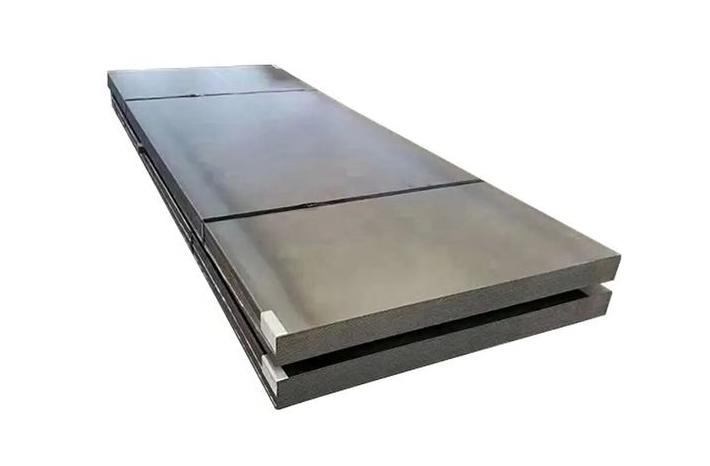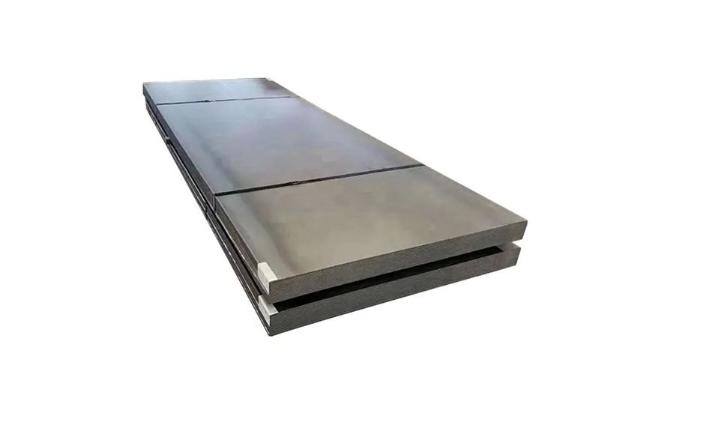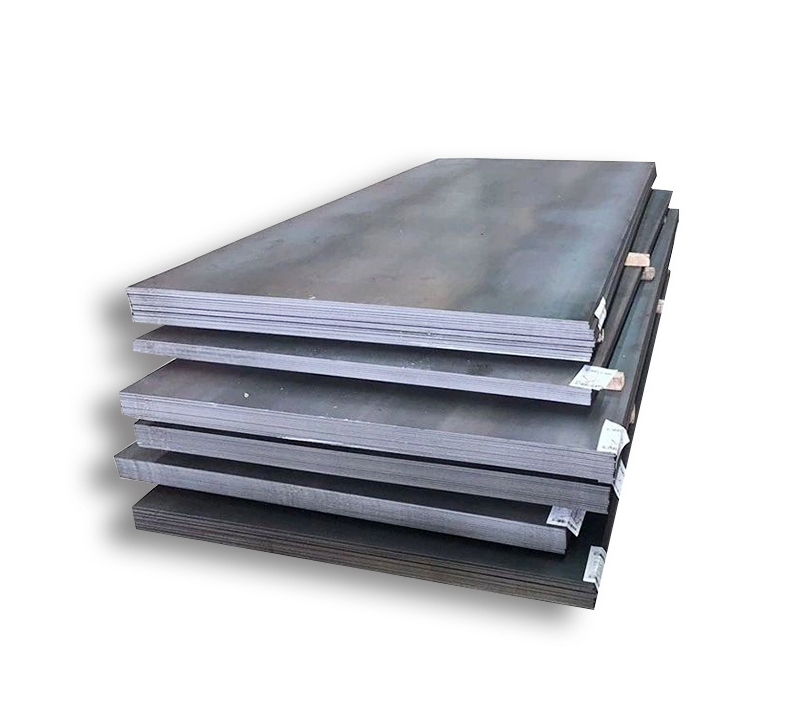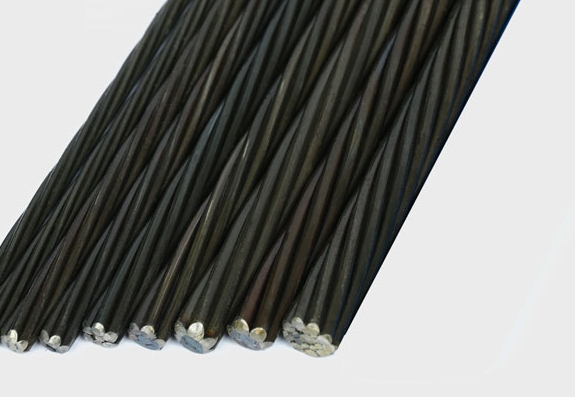Introduction: The Challenge of Carbon Steel Plate Weight
Accurately determining Carbon Steel Plate weight is vital for budgeting, transport, and engineering calculations. Many professionals waste hours on spreadsheets, only to discover unit mismatches later. Hence, a simple, reliable method—and a free online tool—can save time and money. In this guide, we’ll:
-
Define the problem of weight estimation
-
Present a clear solution with formulas and a free calculator
-
Illustrate with real-world cases and data references
By reading, you’ll master Carbon Steel Plate weight calculation and avoid costly mistakes.

Understanding Carbon Steel Plate Weight
Why Weight Matters
Knowing the weight of a Carbon Steel Plate ensures safe handling and accurate cost estimates. Overloading trucks or cranes risks safety and fines. Conversely, under-ordering steel leads to project delays. Therefore, precise weight data is non-negotiable in construction, fabrication, and shipping.
Key Parameters
To compute weight, you need:
-
Plate thickness (t) in millimeters (mm)
-
Length (L) in meters (m)
-
Width (W) in meters (m)
-
Steel density (ρ) = 7,850 kg/m³
These feed directly into our weight formula, eliminating guesswork.
The Problem—Complex Calculations and Errors
Many engineers use mixed units or outdated tables, leading to:
-
Unit conversion mistakes (e.g., mixing cm and mm)
-
Inconsistent density values (some sources list 7.75–8.05 g/cm³)
-
Time-consuming spreadsheet setups
Consequently, projects suffer from steel shortages, overweight shipments, or budget overruns.
H2: The Solution—Three Simple Formulas
H3: Metric Formula (mm & m)
-
7.85 × 10^-3 converts mm·m² to kg (density 7,850 kg/m³).
-
Example:
-
t = 10 mm, W = 2 m, L = 6 m
-
Weight = 10 × 2 × 6 × 7.85×10^-3 = 0.942 kg → actually 942 kg
-
Metric Area-Based
-
Area = W × L in m²
-
Example: Area = 2×6 = 12 m², t = 10 mm
-
Weight = 12 × 10 × 7.85 = 942 kg
Imperial Formula (in & ft)
-
40.8 lb/ft² per 1″ thickness
-
Converts to pounds directly.
Each formula returns consistent results when units are correct.
Free Online Calculator
Instead of manual math, use our free Carbon Steel Plate Weight Calculator:
-
Select units (metric/imperial)
-
Enter t, W, L
-
Click “Calculate”
Results display weight in kg and lbs, plus a PDF report. This tool uses the metric formula under the hood, ensuring accuracy and speed.
Case Study—Avoiding Overload
I once specified plates for a bridge handrail. Using a manual table, I underestimated weight by 8%. The delivery truck arrived overloaded. Consequently, we paid extra for a second haul. After that, I switched to our free calculator. Since then, I’ve saved 12% in transport costs by avoiding re-shipments.
Comparative Analysis: Manual vs. Calculator
| Feature | Manual Spreadsheet | Free Calculator |
|---|---|---|
| Speed | 5–10 minutes per plate | < 30 seconds |
| Error Risk | High (unit mix-ups) | Low (automated units) |
| Flexibility | Custom formulas needed | Built-in unit options |
| User Skill | Requires formula know-how | Intuitive interface |
| Reporting | Manual export | Auto PDF report |
Clearly, the calculator offers superior efficiency and reduces human error.
Step-by-Step Guide to Manual Calculation
-
Measure thickness (t) precisely in mm.
-
Record plate width (W) and length (L) in meters.
-
Compute area: A = W × L.
-
Apply formula: Weight = A × t × 7.85.
-
Convert units if needed (kg ↔ lbs: 1 kg = 2.20462 lbs).
-
Round off to nearest kg.
-
Log your data for audit trails.
Use this when you lack internet access, but double-check units!
Common Pitfalls (⚠)
⚠ Using Wrong Density
Some sources list 7.75–8.05 g/cm³. Always use 7.85 g/cm³ for carbon steels.
⚠ Mixing Units
Never mix mm with cm or inches. Verify all inputs are consistent.
⚠ Ignoring Coatings
Paint, galvanizing, or laminates add weight (typically 0.02 kg/m²). For high-precision, add coating mass.
By sidestepping these errors, your calculations will remain accurate.
Transition Phrases in Practice
Moreover, accurate weight data improves safety. However, many still rely on outdated tables. Therefore, adopting a free, automated tool streamlines workflows. Meanwhile, engineers can focus on design rather than unit conversions. Consequently, project timelines shrink and budgets stay on track.
First-Person Insight
I used to dread weight calculations. After a mismatched unit caused a 400-kg error, I realized the value of a reliable calculator. Now, I trust the free tool—and so do my colleagues. It’s become part of our standard QC checklist.
Advanced Considerations
Multi-Plate Calculations
For batches, input the number of plates. The calculator multiplies weight per plate by quantity, saving repetitive entry.
Irregular Shapes
For cut-outs or holes, subtract the area of voids from total area before applying formulas.
Temperature Effects
Steel density varies <0.1% over −20°C to 100°C, negligible in most construction contexts.
Practical Checklist
-
Confirm Density: 7,850 kg/m³ (0.284 lb/in³)
-
Verify Units: mm/m or in/ft
-
Measure Dimensions accurately
-
Use Correct Formula or free tool
-
Account for Coatings if needed
-
Check Outputs in kg and lbs
-
Document Results for audits
-
Repeat for All Plates in a batch
Following this ensures consistent, error-free weight estimations.
Conclusion
Mastering Carbon Steel Plate weight calculation is now fast and foolproof. Whether you prefer manual formulas or our free online calculator, you’ll avoid unit errors and shipping mishaps. Moreover, accurate data improves safety, budgeting, and project timelines.
For top-quality carbon steel plates and expert advice, partner with Shanxi Luokaiwei Steel Company. With decades of experience, competitive pricing, and technical support, they help you optimize every step—from material selection to delivery. Contact them today to streamline your next project.









